Marriage Licenses in Pennsylvania: A Comprehensive Guide for Genealogy Research
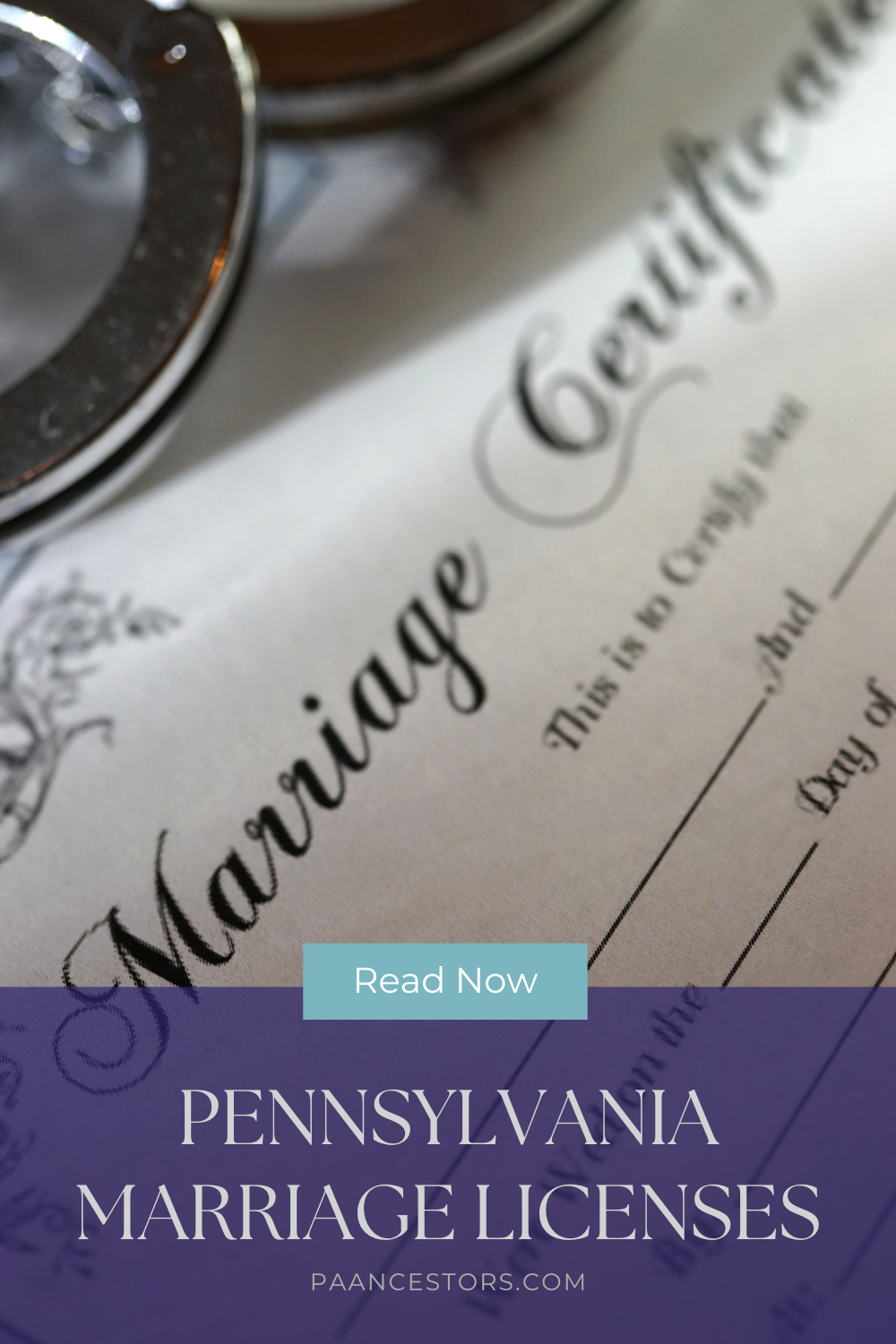
Marriage licenses have played a significant role in documenting the institution of marriage.
In Pennsylvania, the regulations and requirements for obtaining marriage licenses have evolved over time. For genealogists and family historians, understanding this history and the process of obtaining a marriage license records can provide essential details of an ancestor's life.
This comprehensive guide will delve into the history of marriage licenses in Pennsylvania, the process of obtaining them, and where to find these essential records for genealogy research.
History of Marriage Licenses in Pennsylvania
Marriage has a long-standing history in human civilization, and in European history, the church held jurisdiction over marriage and maintained records of its members' marriages. However, in Pennsylvania, things took a different turn. As a province rather than an English colony, Pennsylvania had the freedom to establish its own laws and regulations, including those concerning marriage.
Pennsylvania's founder, William Penn, mandated the registration of marriages in 1682. However, surviving records indicate that only a few marriages were recorded, suggesting that compliance with the law was limited to the wealthiest residents. This lack of compliance can be attributed to the fact that marriage registration was not a common practice prior to arriving in the province. Additionally, many individuals believed that their marriage, performed by their religious leader, was legally valid in terms of inheritance and property ownership, making registration seem unnecessary.
A second attempt at marriage registrations by the Pennsylvania government occurred between 1852 and 1854, requiring couples to record their marriages with the Register of Wills at their local county courthouse. Once again, only a few marriages were registered, primarily among the wealthier residents. Despite the low registration rates, religious leaders, such as priests, ministers, and rabbis, were marrying thousands of couples each year, with their certificates from the wedding ceremony considered legal documents for inheritance purposes.
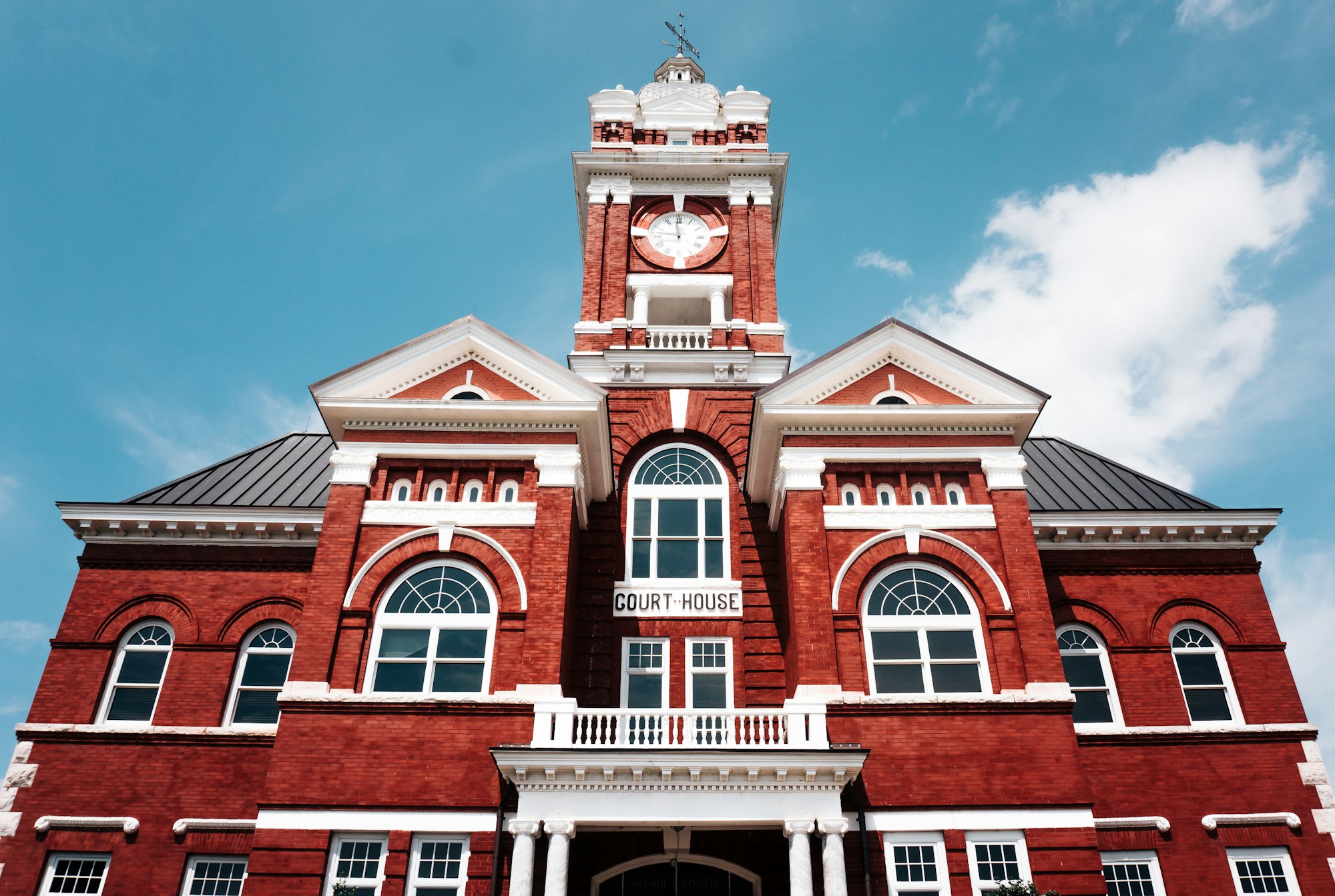
It wasn't until 1885 that Pennsylvania recognized the need for formal, uniform records of marriages in the state. The state introduced the requirement of a marriage license, which acts as a permit to get married. Without a marriage license, a couple is not considered legally married in Pennsylvania. However, there was an exception to this law, known as common law marriage, which recognized a man and woman as married if they cohabitated and declared themselves as husband and wife.
In 2004, Pennsylvania abolished common law marriage, rendering all such marriages occurring after January 1, 2005, invalid. The state no longer specifies gender on marriage license applications since the overturning of the Defense of Marriage Act in 2014, allowing for same-sex marriages.
Process to Obtain Marriage Licenses
To ensure that specific rules are followed, Pennsylvania's marriage license regulations outline four criteria for obtaining a marriage license: current marital status, consanguinity, age, and gender.
Current Marital Status: Pennsylvania law prohibits having more than one spouse at a time, known as bigamy or polygamy. Only one marriage partner is allowed at a time.
Consanguinity: The state prohibits individuals from marrying close relatives, such as parents, grandparents, children, grandchildren, siblings, aunts, uncles, nieces, nephews, or first cousins. This prohibition has remained consistent throughout Pennsylvania's history.
Age: Each person entering into marriage must be of adult age. The age of adulthood has varied over time, with the current requirement being that both partners must be eighteen or older. Parental or guardian permission is required for marriages involving individuals between the ages of sixteen and eighteen.
Gender: Prior to 2014, gender was specified on marriage license applications and "bride" and "groom" were used. Pennsylvania no longer specifies gender on marriage license applications. After the Defense of Marriage Act was overturned in 2014, the state removed gender restrictions, allowing for same-sex marriages.
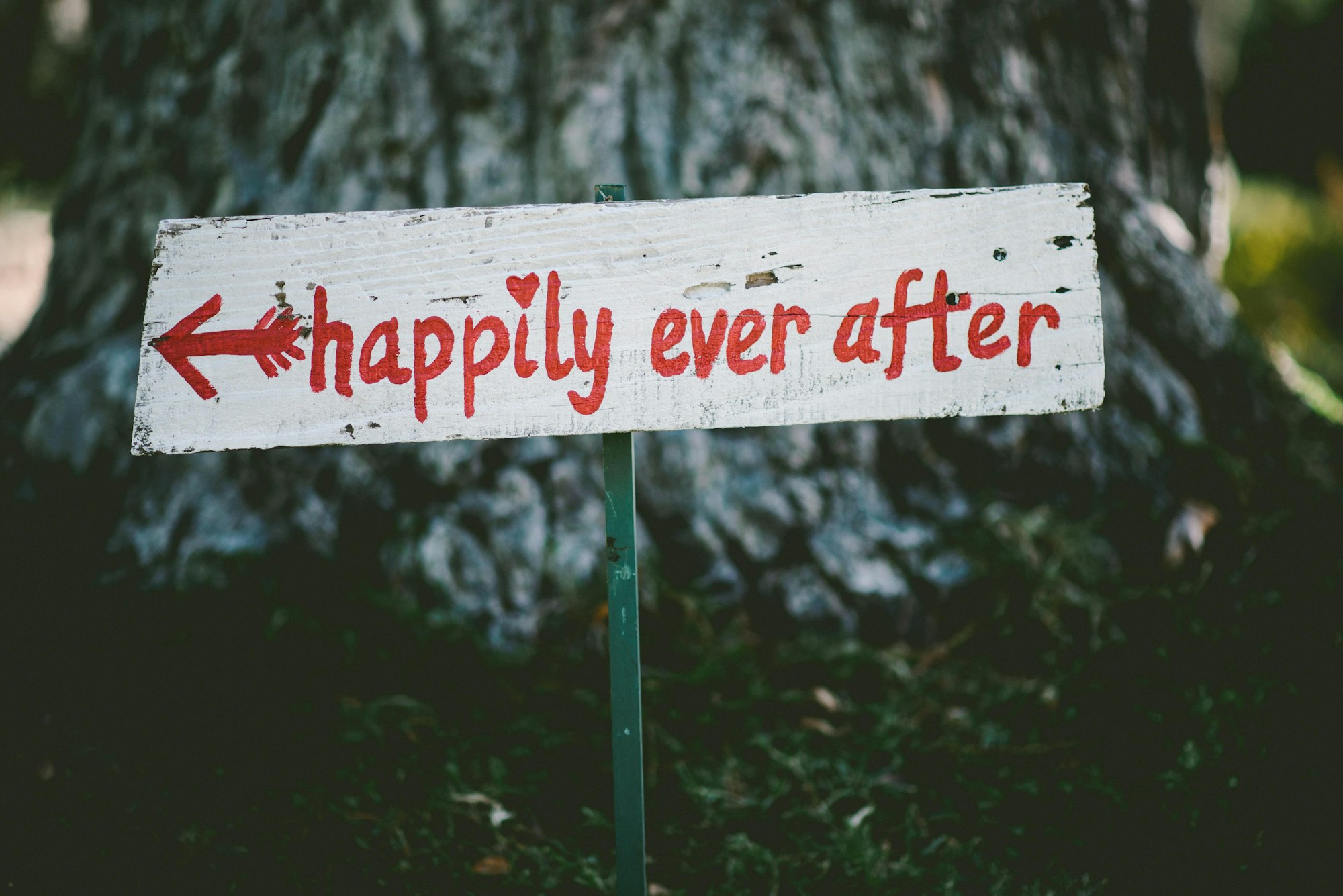
Once a couple meets these requirements, they can proceed with the marriage license process in one of Pennsylvania's counties. The process involves three steps: the application, the ceremony, and the duplicate certificate. It is important to note that a marriage is not legally valid unless all three steps are completed.
- Marriage License Application: The couple must appear together at the courthouse to complete the marriage license application, typically within a week before the marriage date. The clerk from the Register of Wills office or Orphans' Court office authorizes the marriage, and a fee is paid at the time of application.
- Marriage Ceremony: The ceremony can be performed by an officiant, such as a clergy member or a civil servant like a judge or courthouse official. The officiant completes the duplicate certificate, an essential document for the marriage's legal recognition.
- Duplicate Certificate: The officiant returns the duplicate certificate to the Register of Wills office or Orphans' Court office. The clerk issues an official marriage certificate with a raised seal to the couple, which is typically mailed to their home. It is crucial to note that the return of the duplicate certificate verifies the occurrence of the marriage.
Common Law Marriage in Pennsylvania
Common law marriage, a form of marriage without a legal ceremony, was recognized in Pennsylvania until January 1, 2005. Common law marriage was established when a man and woman cohabitated and publicly referred to each other as husband and wife. Previously established common law marriages remain valid, but after 2004, Pennsylvania no longer recognizes new common law marriages.
Since common law marriages bypass the traditional marriage process, documentation is not found in marriage license records. Researchers seeking information on common law marriages should search County Courts of Common Pleas where the couple resided. Typically, evidence of common law marriage appears in probate records and census records, where spouses are named.
If a marriage license cannot be located for a marriage occurring in or before 2004, it is possible that the couple entered into a common law marriage. In such cases, county court records should be consulted to gather further information.
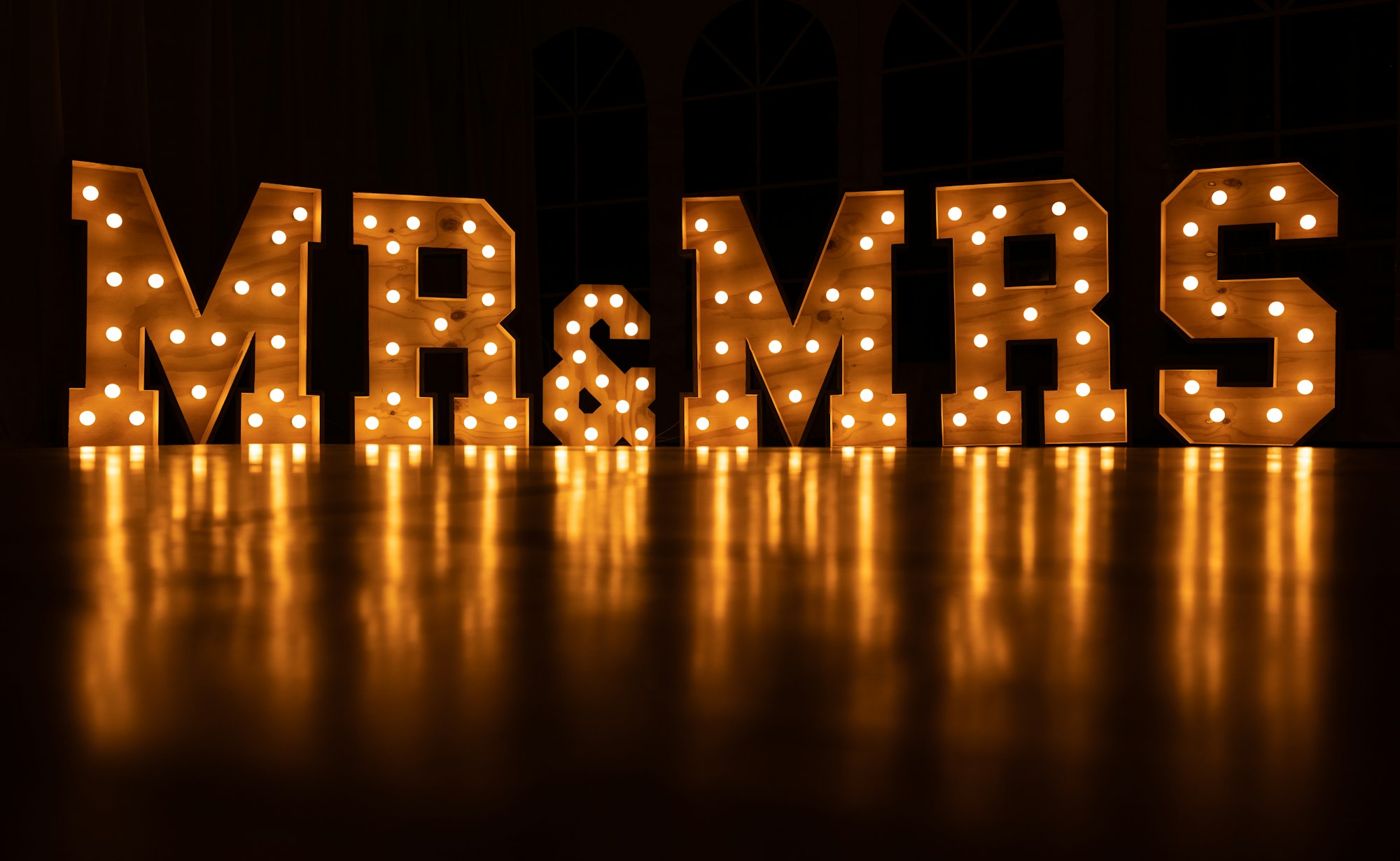
Information Collected on Marriage License Applications
Marriage license applications provide valuable information for genealogical research. They typically include the following details for each person:
- Name
- Residence
- Age
- Race
- Parents’ names and residence
- Occupation
- Attestation that one is not already married
- Parental permission, if necessary
Throughout the twentieth century, Pennsylvania occasionally imposed additional requirements on individuals seeking marriage licenses. These requirements included proving the absence of communicable diseases through a blood test, demonstrating mental competence, providing proof of financial ability to support a spouse and children (for men only), and observing a three-day waiting period between the application and the ceremony.
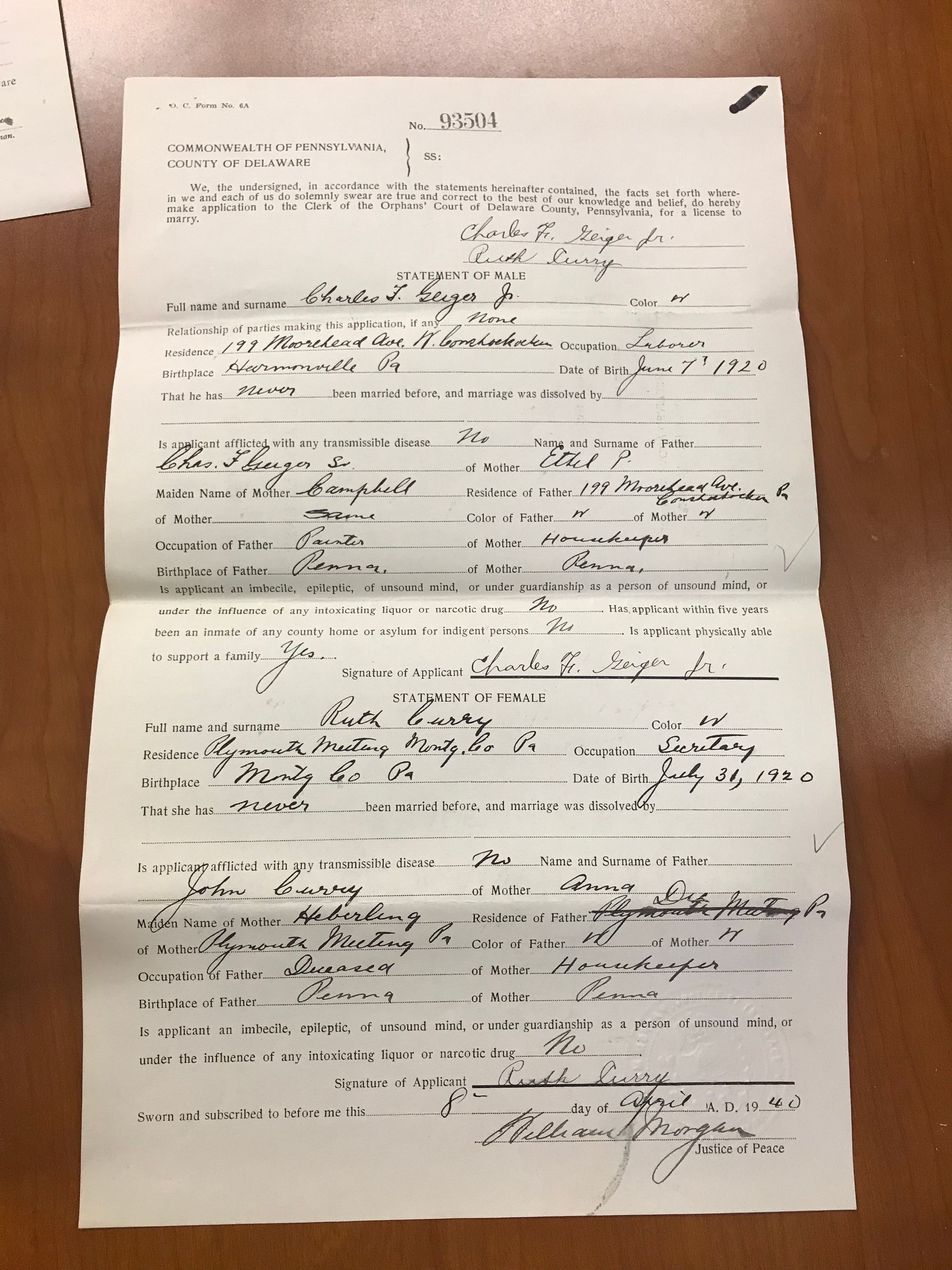
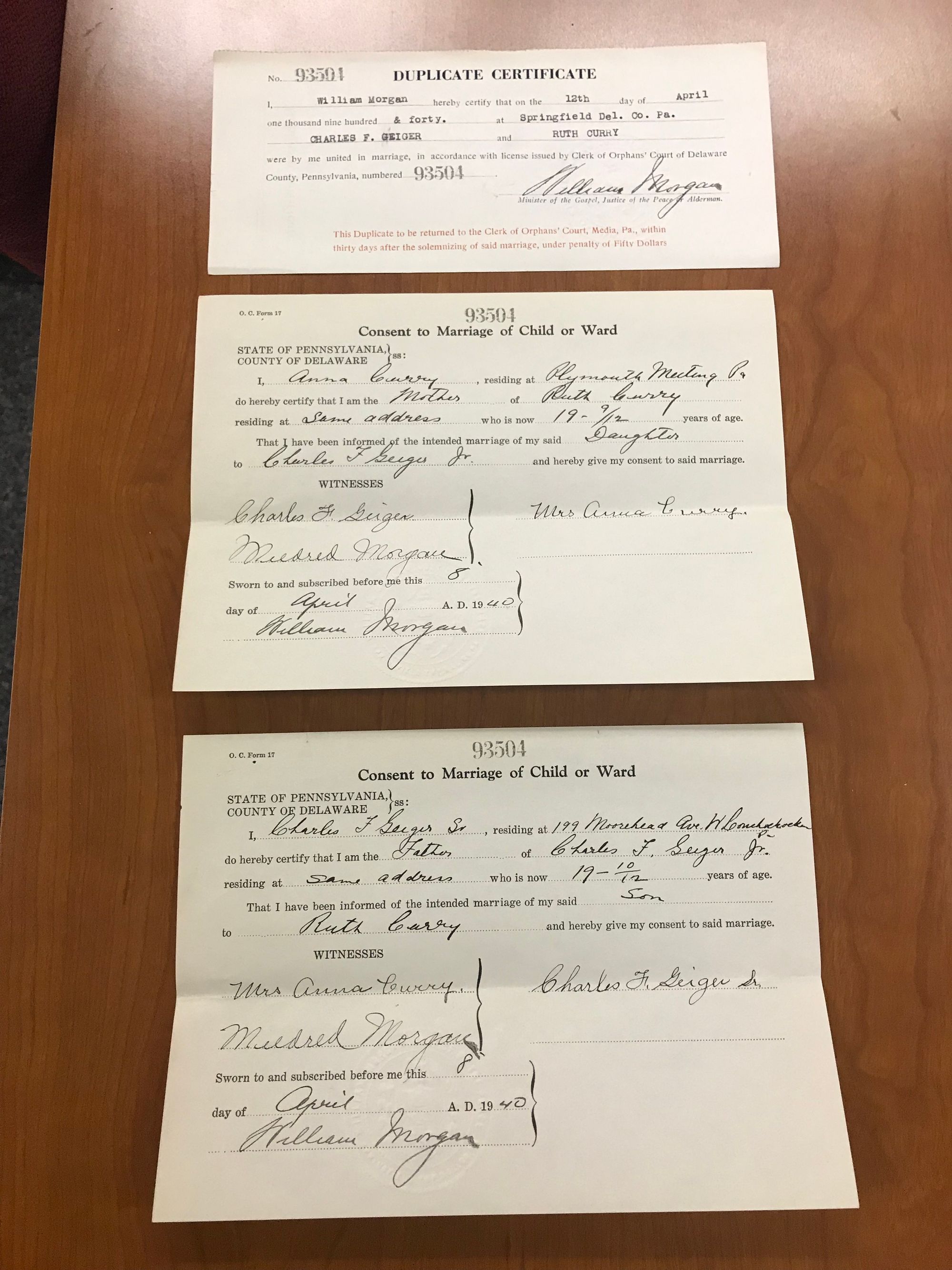
Finding Marriage License Applications in Pennsylvania
Marriage license applications are county-specific records, and the original applications are preserved in the respective courthouses or, in the case of Philadelphia, City Hall. While Pennsylvania's Department of Health collects basic information for vital statistics, they do not retain the full marriage license applications.
The uniform practice of marriage licenses in every county's Orphans' Court began in 1885, with Philadelphia being an exception as it started marriage registrations in 1860. Philadelphia eventually aligned with state law in 1886. In 1915, Philadelphia established a separate Marriage License Bureau, following the same application form and process as other counties.
Marriage documents are considered public records from the moment they are created. Researchers can visit any Pennsylvania courthouse and access the lists of individuals who applied for marriage licenses on any particular day, making it unnecessary to prove any relation to the individuals listed.
Historically, each county assigned a number to marriage licenses beginning on January 1 of each year. The numbering continued incrementally with each application filed. At the end of the year, the applications were bound into ledger books labeled "Marriage License Docket" for the respective year. In smaller, rural counties, one ledger book might cover several years. The licenses are indexed by the surnames of the bride and groom, making it easier for researchers to locate specific records.
The duplicate certificates are filed either with the original marriage license application, under "Marriage License Returns," or in a separate ledger book titled "Duplicate Marriage Certificates." If parental or guardian consent was required, it is usually noted on the marriage license or on a separate document filed with the application.
While most counties have transferred older marriage records to archival storage offsite from the current courthouse, some counties have microfilmed or microfiched older marriage license applications for space conservation. Researchers planning an in-person visit to the courthouse should contact the respective office beforehand to confirm the location of the records.
Conclusion
Marriage licenses in Pennsylvania serve as crucial records for genealogical research. Understanding the evolution of marriage license regulations, the process of obtaining licenses, and the availability of records can greatly aid researchers in tracing their ancestors' marital history. By exploring marriage license applications and related documents, genealogists can uncover valuable information about their family's past and gain a deeper understanding of their heritage.
© 2019–2023 PA Ancestors L.L.C. and Denys Allen. All Rights Reserved.
